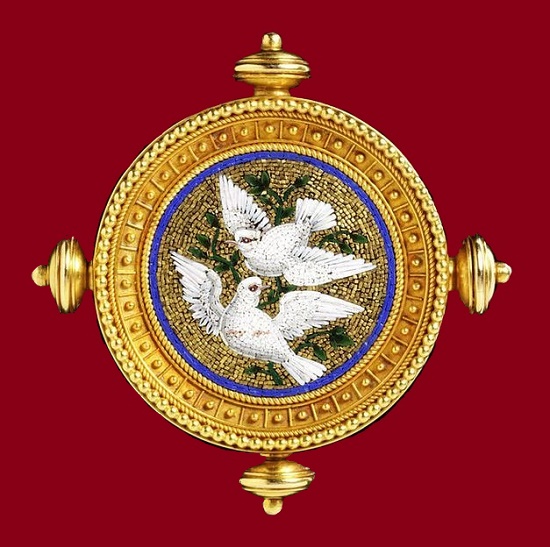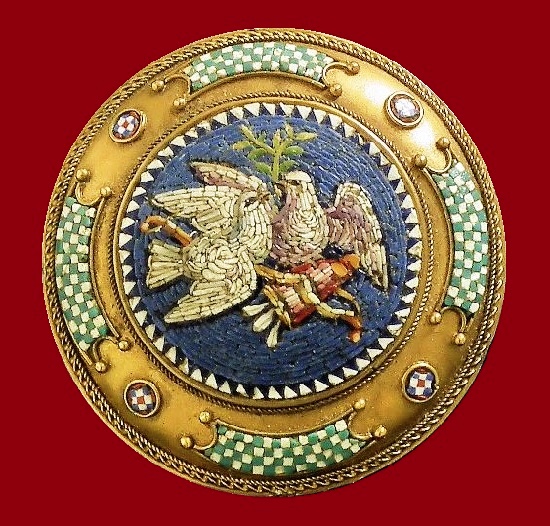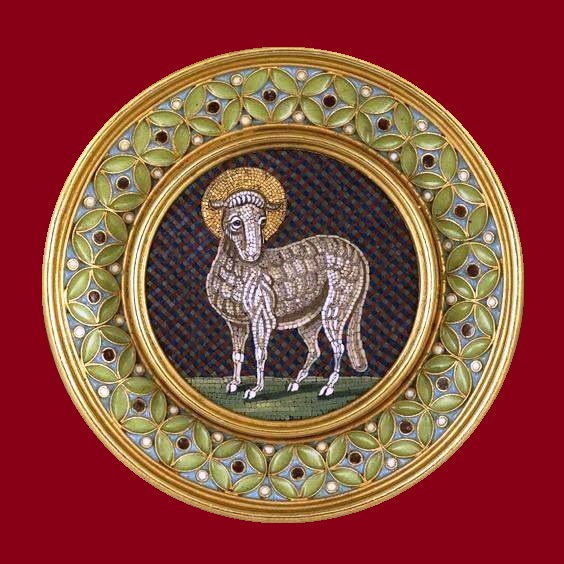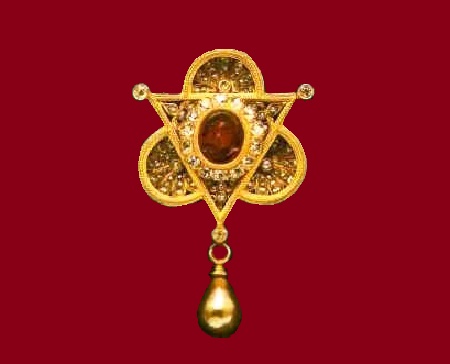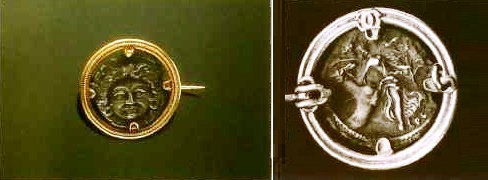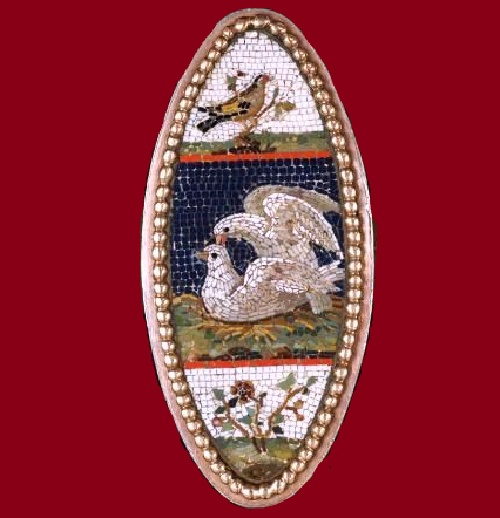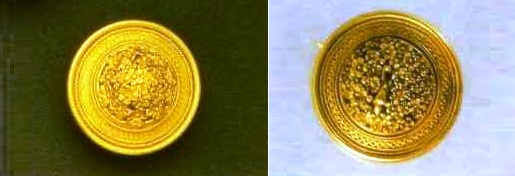Castellani antique style jewellery

Masterpiece of 19th century jewellery art – gold brooch with micromosaic. Castellani antique style jewellery
Castellani antique style jewellery
Fortunato Pio Castellani (1794-1865) became known as the pioneer of the revival of Greek and Etruscan styles. He produced his masterpieces in antique style in cooperation with his sons: Alessandro (1823-1883) and Augusto (1829-1914). By the end of the 1850s, Castellani’s workshop in Rome became a pilgrimage site for the British, who sought to obtain delightful gold ornaments with decorative motifs from the arsenal of classicism: shells, rosettes, urns, amphorae, rams, etc.
Noteworthy, Castellani reinterpreted the Greek and Etruscan styles in a new way. And before him the jewelers believed that nothing new could be learned from this period. Castellani also turned to the recent past, studied the methods of gold processing, but then set himself a difficult task: to discover the secret of Etruscan granulation. He managed to achieve impressive results and create a method, similar o that used by the Etruscans.
In 1870, Castellani announced that he had discovered the secret of the ancient Etruscans, studying the technique of working with gold in a remote village in the Apennines.
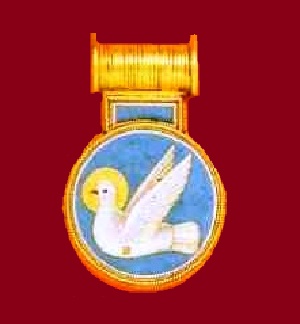
A brooch made of gold, decorated with Roman mosaics, on the back – signature ‘vivas in Deo’, and two intertwined ‘C’. 1860
In fact, Castellani got inspiration and copied ancient originals discovered during the autopsy of the tomb of Regolini Galassi in Cerveteri in 1836, as well as excavations of Vulci, Chiusi, Orvieto and Tarquinia. Also, Milos, Rhodes and Knossos made their contribution. In addition, Castellani always had access to the famous Campana collections with hundreds of Greek, Etruscan and Roman ornaments of the highest quality.
Castellani antique style jewellery
Fibulas, bracelets and fringed necklaces in the Greek style were in great demand among women of fashion. Accordingly, that maintained interest in the elegant products of Castellani. They also made brooches with Roman mosaics in the Byzantine spirit with religious Greek and Latin sayings, products with scarabs and diadems made of oak and laurel leaves.
Noteworthy, there are three types of Castellani markings. First, a monogram in the center of the cartouche. Second, just a monogram. Third, the rarest – the monogram “ACC”, which, most likely, marked only the work of Alessandro Castellani.
Castellani antique style jewellery
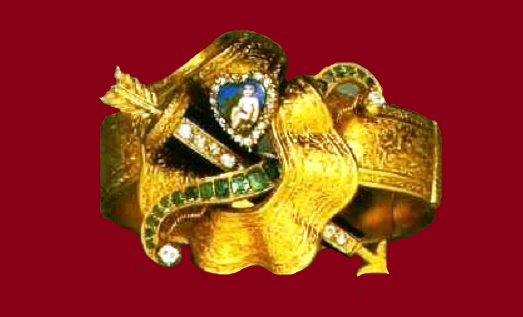
Bow and arrows Cupid, and next – enamel heart. Gold bracelet with enamel, emeralds and diamonds. 1850
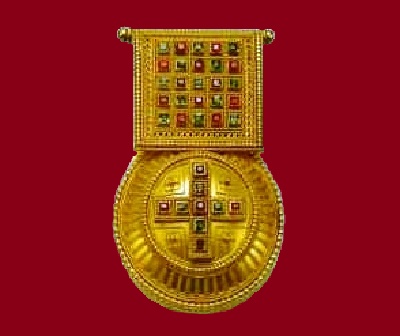
Pendant of discoid ornament, which in the Etruscans served as an amulet. Emeralds, rubies, gold wire. 1870
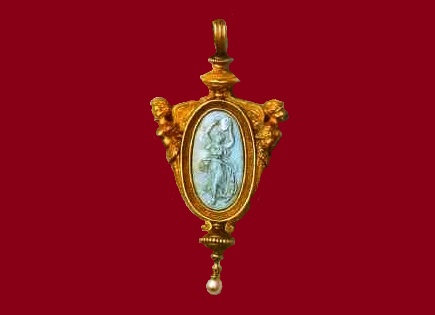
Gold pendant with pearls. Turquoise cameo with the image of Terpsichore, the muse of dances, on the reverse the signature of two interlaced ‘C’. 1860

Gold bracelet in Etruscan style with carnelian scarves, copied from Egyptian originals, decorated with twisted wire and granulation. 1860

Gold bracelet with small pearls and cornelian. 1860-1865. In this product, Castellani used antique stones

Brooch with Roman mosaic. 1860. The holy spirit in a dove was a frequent motif of Castellani’s products

Ornaments of gold with micro mosaics. 1870. Nine medallions dedicated to Christian symbols in the Byzantine style. On the brooches the mosaic pattern underlined with a gold thread
